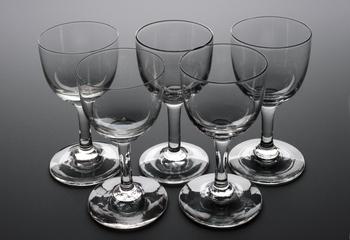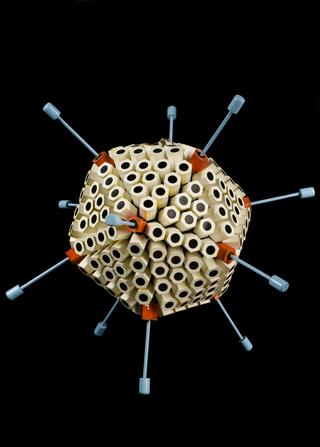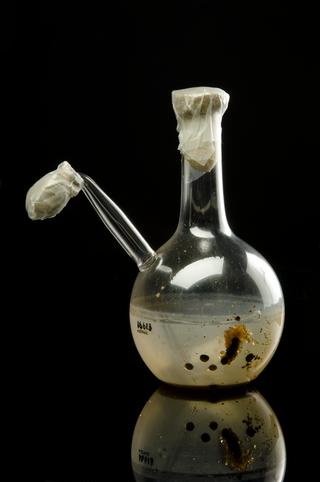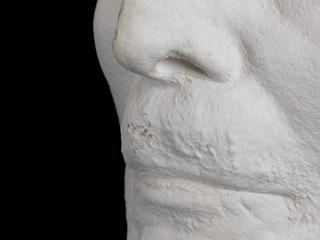
Wine glass
- Made:
- 1860-1880 in unknown place





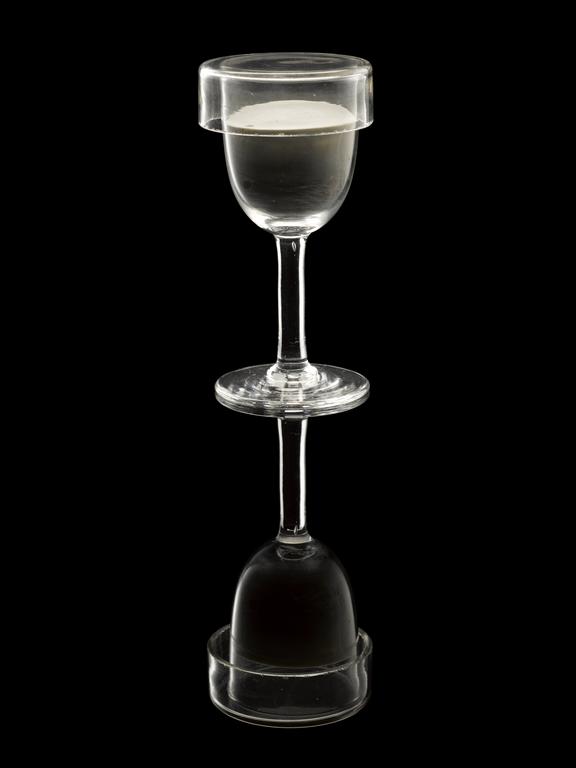


Wine glass, with fake plaster contents and glass cover, possibly used as a culture glass by Joseph Lister in his experiments on lactic fermentation
Glassware of the type that fills laboratories today was rare in Joseph Lister’s time (1827-1912). Lister would have used glassware from his kitchen for his microbiological experiments on blood and urine, often assisted by his wife Agnes. In the 1870s, he found that samples of blood and urine stored in uncovered glasses decomposed. He concluded that something in the air caused decomposition, rather than the air alone. The white plaster contents aim to show what the contents may have looked like. In 1877, Lister gave a lecture on a bacteria being the cause of fermentation in milk, at a time when germ theory was only beinning to be understood.
He trialled cleaning surgical instruments and wounds with pungent, yellow carbolic acid, on his wards at Glasgow Hospital. His tests significantly lowered infection rates, with more patients surviving their surgeries. He named the process antisepsis. Some surgeons started to use Lister’s disinfectant technique, but many questioned his approach.
Details
- Category:
- Microbiology
- Collection:
- Sir Henry Wellcome's Museum Collection
- Object Number:
- A629496
- type:
- wine glasses
- credit:
- Loan, Wellcome Trust
